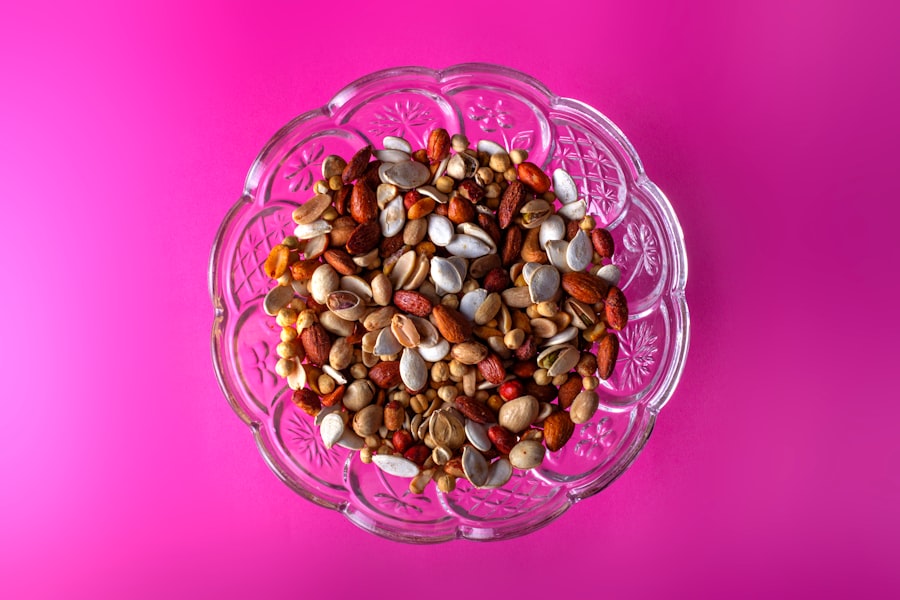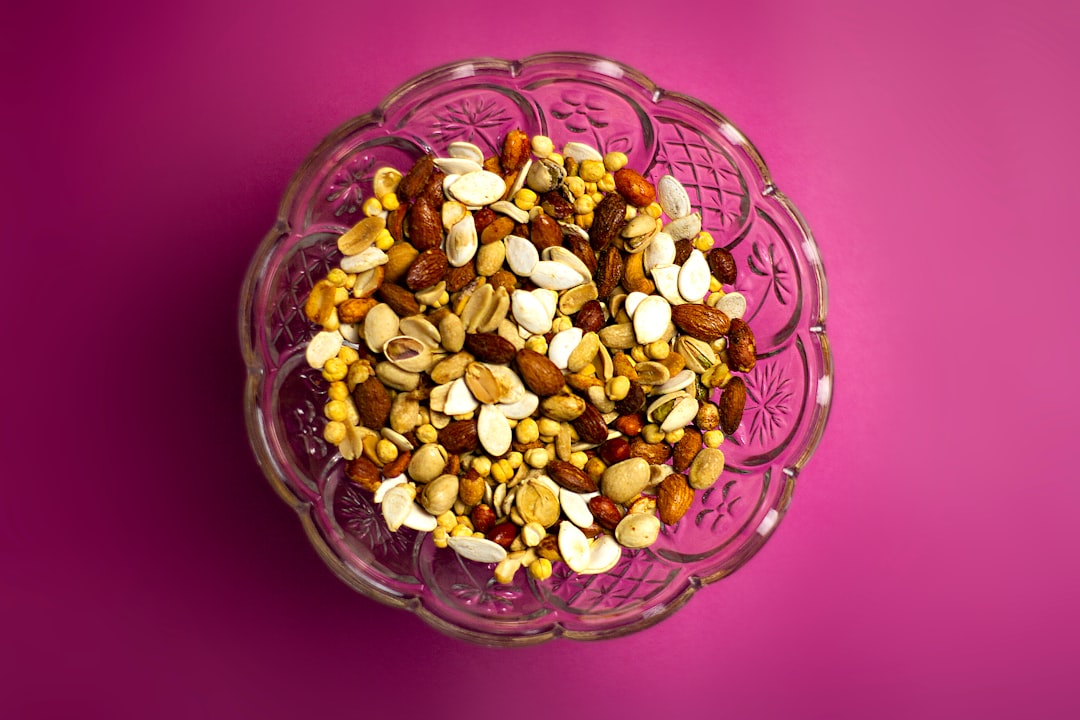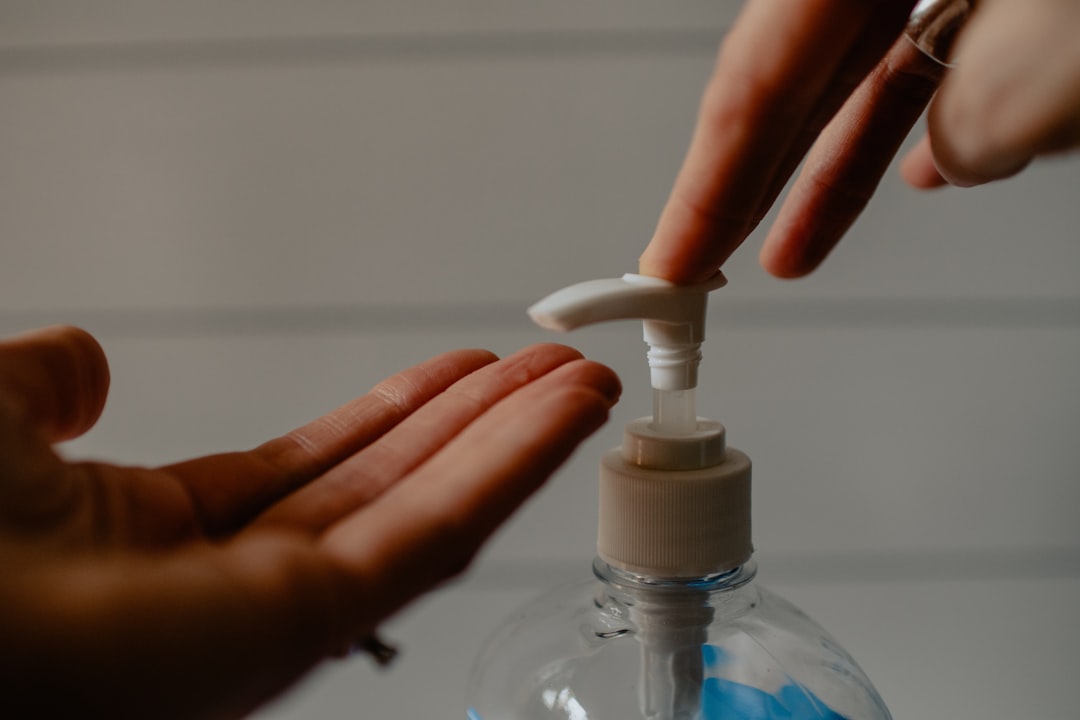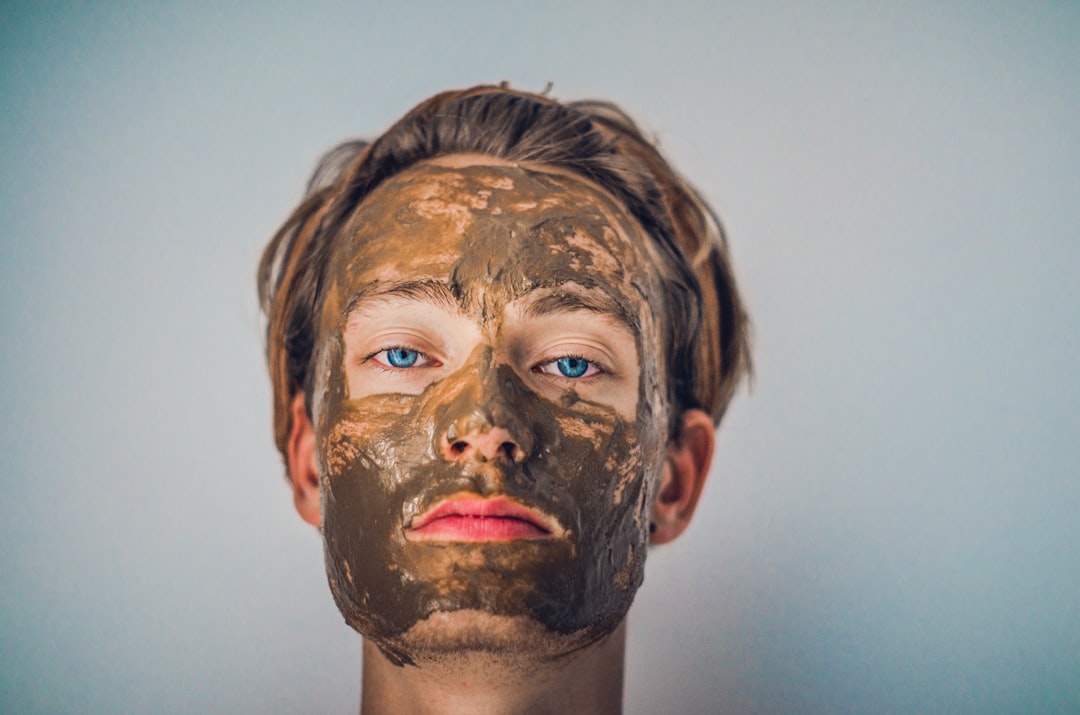Making your own moisturizer at home can have numerous benefits for your skin and overall well-being. Firstly, DIY moisturizer recipes allow you to have full control over the ingredients that go into your skincare products. This means that you can tailor the moisturizer to suit your specific skin type and address any concerns you may have, such as dryness, oiliness, or sensitivity. Additionally, creating your own moisturizer can be a cost-effective alternative to purchasing commercial products, as many of the basic ingredients can be found in your kitchen or easily sourced from local stores. Furthermore, DIY moisturizers often contain natural and organic ingredients, which can be gentler on the skin and free from potentially harmful chemicals and preservatives found in many commercial products. Finally, making your own moisturizer can be a fun and creative process, allowing you to experiment with different ingredients and scents to create a product that is truly unique to you.
In addition to the benefits for your skin, DIY moisturizer recipes can also have positive environmental impacts. By making your own skincare products, you can reduce the amount of packaging and waste associated with commercial products. This can contribute to a more sustainable and eco-friendly approach to skincare, which is increasingly important in today’s world. Overall, creating your own moisturizer at home can be a rewarding and empowering experience, offering a range of benefits for both your skin and the environment.
Summary
- DIY moisturizer recipes allow you to customize the ingredients to suit your skin’s specific needs
- Basic ingredients for DIY moisturizer recipes include carrier oils, essential oils, and natural butters
- For dry skin, a DIY moisturizer recipe can include ingredients like shea butter, coconut oil, and vitamin E oil
- For oily skin, a DIY moisturizer recipe can include ingredients like aloe vera gel, jojoba oil, and tea tree oil
- For sensitive skin, a DIY moisturizer recipe can include ingredients like chamomile oil, calendula oil, and almond oil
- Tips for making and using DIY moisturizers include using clean utensils, storing in airtight containers, and patch testing before use
- Precautions and considerations for DIY moisturizer recipes include checking for allergies, avoiding contamination, and consulting a dermatologist if unsure
Basic Ingredients for DIY Moisturizer Recipes
There are a variety of basic ingredients that are commonly used in DIY moisturizer recipes, each with their own unique benefits for the skin. One of the most popular ingredients is coconut oil, which is known for its moisturizing and nourishing properties. It is rich in fatty acids that help to hydrate the skin and lock in moisture, making it particularly beneficial for dry or dehydrated skin. Another common ingredient is shea butter, which is derived from the nuts of the shea tree and is prized for its emollient and anti-inflammatory properties. Shea butter is often used to soothe and soften the skin, making it a great choice for those with dry or sensitive skin.
Other popular ingredients for DIY moisturizers include almond oil, which is lightweight and easily absorbed by the skin, making it suitable for all skin types. It is rich in vitamins and antioxidants that help to nourish and protect the skin from environmental damage. Beeswax is another common ingredient, valued for its ability to create a protective barrier on the skin while locking in moisture. It also has anti-inflammatory and antibacterial properties, making it beneficial for those with sensitive or acne-prone skin. Finally, essential oils such as lavender, rosehip, or tea tree oil are often added to DIY moisturizers for their aromatic and therapeutic benefits. These oils can provide additional nourishment for the skin while adding a pleasant scent to the final product.
Overall, these basic ingredients form the foundation of many DIY moisturizer recipes and can be easily customized to suit your individual skincare needs.
DIY Moisturizer Recipe for Dry Skin
For those with dry skin, it’s important to use ingredients that are deeply hydrating and nourishing. A simple DIY moisturizer recipe for dry skin could include a combination of shea butter, coconut oil, and almond oil. To make this moisturizer, start by melting 2 tablespoons of shea butter and 1 tablespoon of coconut oil in a double boiler. Once melted, remove from heat and stir in 1 tablespoon of almond oil. Allow the mixture to cool slightly before adding a few drops of your favourite essential oil for fragrance, if desired. Transfer the mixture to a clean jar or container and allow it to solidify before use.
This DIY moisturizer is rich in emollient ingredients that will help to deeply hydrate and nourish dry skin. Shea butter provides intense moisture, while coconut oil and almond oil help to soften and smooth the skin. The addition of essential oils not only adds a pleasant scent but also provides additional benefits for the skin. This simple recipe is a great option for those with dry skin who are looking for a natural and effective moisturizer.
DIY Moisturizer Recipe for Oily Skin
For those with oily skin, it’s important to use lightweight ingredients that won’t clog pores or exacerbate excess oil production. A DIY moisturizer recipe for oily skin could include a combination of aloe vera gel, jojoba oil, and witch hazel. To make this moisturizer, simply mix together 2 tablespoons of aloe vera gel, 1 tablespoon of jojoba oil, and 1 tablespoon of witch hazel in a small bowl. Once combined, transfer the mixture to a clean bottle or container for easy application.
This DIY moisturizer is lightweight and non-greasy, making it ideal for oily skin types. Aloe vera gel helps to hydrate the skin without adding excess oil, while jojoba oil mimics the skin’s natural sebum production, helping to balance oil levels. Witch hazel has astringent properties that can help to tone and tighten the skin, making it particularly beneficial for those with oily or acne-prone skin. This simple recipe provides effective hydration without adding unnecessary shine or greasiness to the skin.
DIY Moisturizer Recipe for Sensitive Skin
For those with sensitive skin, it’s important to use gentle and soothing ingredients that won’t cause irritation or inflammation. A DIY moisturizer recipe for sensitive skin could include a combination of chamomile-infused oil, shea butter, and calendula extract. To make this moisturizer, start by infusing 1/4 cup of chamomile flowers in 1/2 cup of almond oil for several hours or overnight. Strain the infused oil and combine it with 2 tablespoons of shea butter and 1 teaspoon of calendula extract in a double boiler. Heat the mixture gently until the shea butter has melted, then remove from heat and allow it to cool before transferring to a clean jar or container.
This DIY moisturizer is gentle and soothing, making it ideal for those with sensitive or easily irritated skin. Chamomile-infused oil has anti-inflammatory properties that can help to calm redness and irritation, while shea butter provides deep hydration without clogging pores. Calendula extract is known for its healing properties and can help to soothe sensitive or damaged skin. This simple recipe offers gentle nourishment for sensitive skin without causing further irritation.
Tips for Making and Using DIY Moisturizers

When making your own DIY moisturizers, there are a few tips to keep in mind to ensure the best results. Firstly, it’s important to use clean and sterilized equipment when making your moisturizer to prevent contamination and spoilage. This includes using clean jars or containers for storage and ensuring that all utensils are thoroughly washed before use. Additionally, it’s important to store your DIY moisturizers in a cool, dark place to prolong their shelf life and prevent them from spoiling.
When using your DIY moisturizers, it’s best to apply them to clean, damp skin to help lock in moisture and maximize their effectiveness. You can also customize your moisturizer by adding different essential oils or botanical extracts to suit your preferences or address specific skincare concerns. Finally, it’s important to patch test any new ingredients or recipes on a small area of skin before applying them more widely to ensure that they don’t cause any adverse reactions.
Precautions and Considerations for DIY Moisturizer Recipes
While making your own DIY moisturizers can be a fun and rewarding experience, there are some precautions and considerations to keep in mind. Firstly, it’s important to be aware of any allergies or sensitivities you may have to certain ingredients before incorporating them into your skincare products. Always research new ingredients thoroughly before using them in your DIY recipes to ensure they are safe and suitable for your skin type.
Additionally, it’s important to be mindful of proper storage and shelf life when making your own moisturizers. Without the use of preservatives, homemade skincare products may have a shorter shelf life than commercial products and can spoil more quickly if not stored properly. Be sure to store your DIY moisturizers in a cool, dark place and use clean containers to prevent contamination.
Finally, while DIY skincare can be a cost-effective alternative to commercial products, it’s important to invest in high-quality ingredients to ensure the best results for your skin. Look for organic or natural ingredients whenever possible and be cautious of using expired or low-quality ingredients that may not provide the desired benefits for your skin.
In conclusion, making your own DIY moisturizers can offer a range of benefits for your skin and overall well-being. By using natural and organic ingredients tailored to your specific skincare needs, you can create effective and personalized skincare products at home. With proper precautions and considerations in mind, creating your own moisturizers can be a rewarding and empowering experience that allows you to take control of your skincare routine while promoting sustainability and eco-friendly practices.
Check out our article on how to treat and prevent under-eye circles for more tips on maintaining healthy and radiant skin. In addition to our DIY moisturizer recipes, understanding how to address specific skincare concerns such as under-eye circles is essential for achieving a flawless complexion.
FAQs
What are the benefits of making your own moisturizer?
Making your own moisturizer allows you to have control over the ingredients, ensuring that you are using natural and organic products that are tailored to your specific skin needs. It can also be a cost-effective alternative to store-bought moisturizers.
What are some common ingredients used in DIY moisturizer recipes?
Common ingredients used in DIY moisturizer recipes include shea butter, coconut oil, almond oil, jojoba oil, beeswax, essential oils, aloe vera gel, and vitamin E oil. These ingredients are known for their moisturizing and nourishing properties.
Are there any potential risks or drawbacks to making your own moisturizer?
While making your own moisturizer can be beneficial, it’s important to be aware of potential allergens and sensitivities to certain ingredients. It’s also crucial to properly sterilize containers and utensils to prevent bacterial contamination.
Can DIY moisturizers be suitable for all skin types?
Yes, DIY moisturizers can be tailored to suit different skin types, including dry, oily, combination, and sensitive skin. By adjusting the ingredients and their proportions, you can create a moisturizer that addresses your specific skin concerns.
How long is the shelf life of DIY moisturizers?
The shelf life of DIY moisturizers can vary depending on the ingredients used. Generally, homemade moisturizers can last for several months if stored in a cool, dark place and kept away from moisture. It’s important to monitor for any changes in texture, smell, or colour, which may indicate that the moisturizer has expired.




